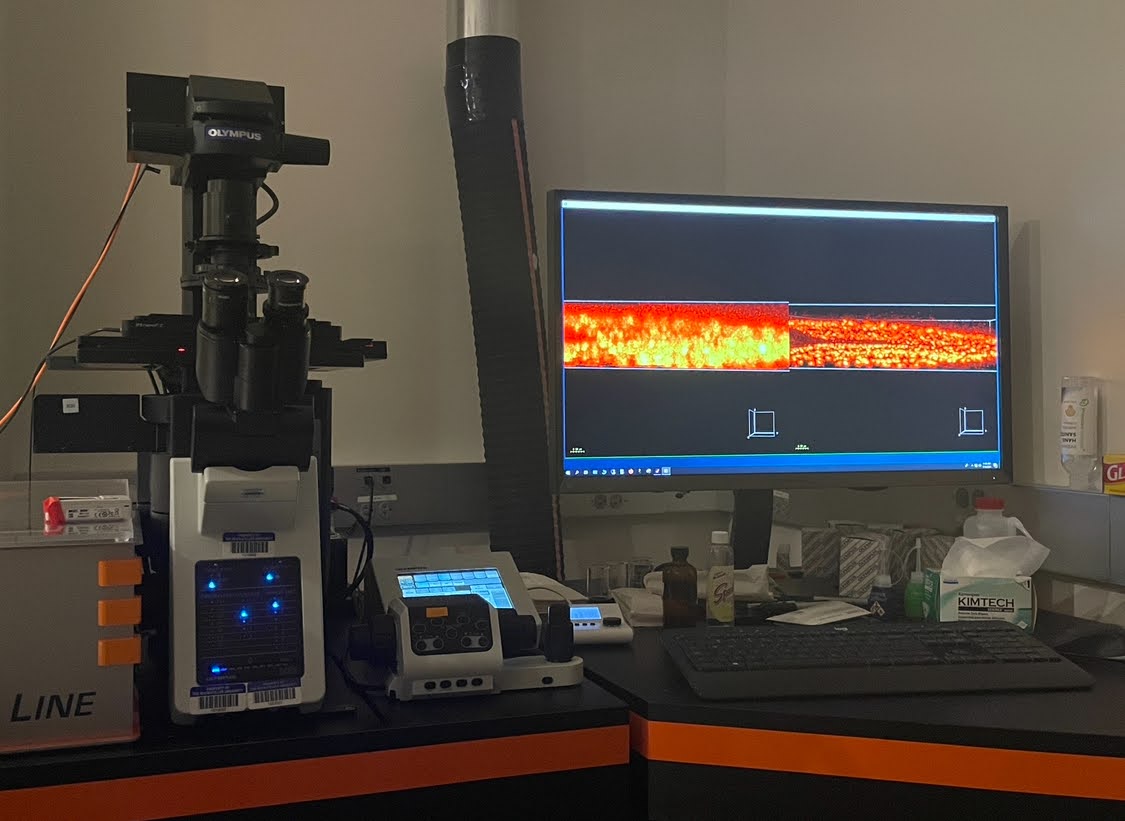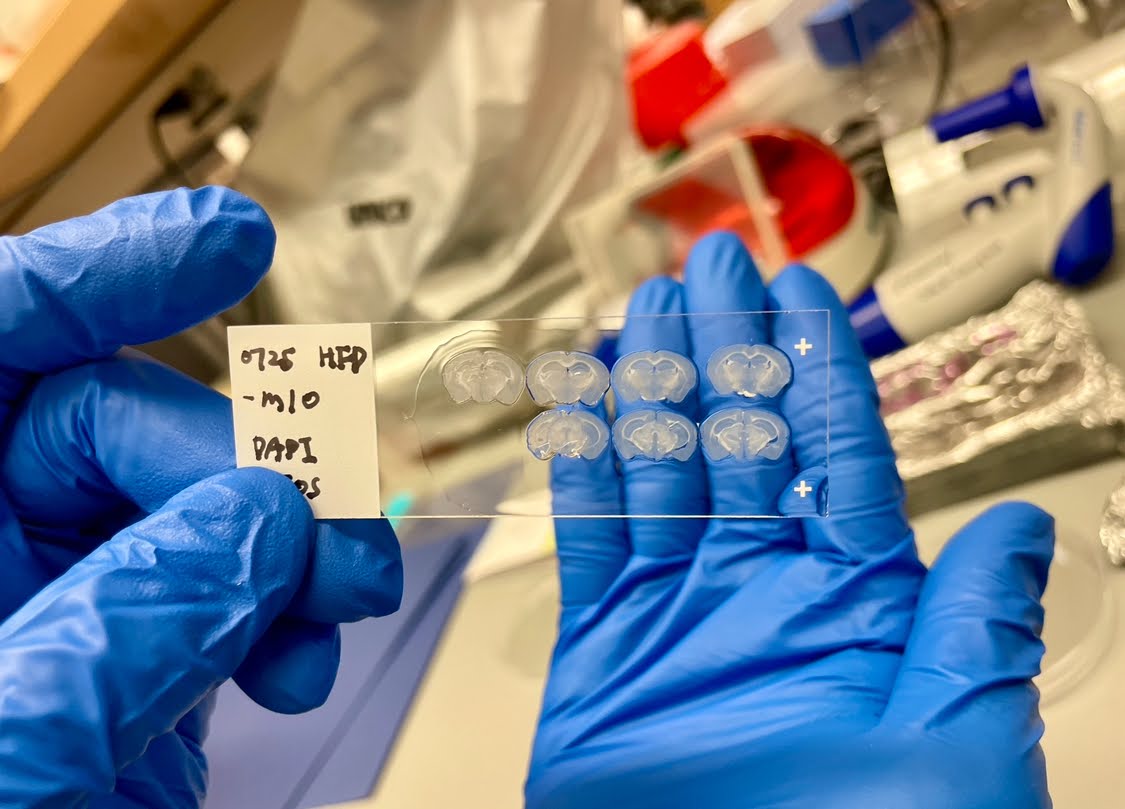Into the SSRP: The Feeding Brain and Behavior Track
The Feeding Behavior track offers young researchers a unique opportunity to explore the intricate relationship between the brain and eating habits.

At Rockefeller University’s Summer Science Research Program (SSRP), high school students are getting a taste of life as neuroscientists.
We talked to fellow SSRP students Alissa, Anuhya and Nisa to get some insight on the work that goes on within the research track. For many participants, the highlight has been the practical, hands-on nature of the program.
One of the students, Alissa, shares her enthusiasm: “I really like feeding the mice, and going through the entire process with the bodies and organs. The different lab procedures that come with it are really interesting.”
The track doesn’t shy away from complex tasks. Fellow SSRP student Anuhya found herself drawn to one of the more delicate procedures: “I really liked working with the brains of the mice. It was a really delicate process that took a lot of skill, and I found it fascinating.”
As in any real research environment, not everything goes according to plan.
Nisa recounts her experience with a particularly tricky technique: “I tried doing the qPCR several times and it didn’t really work out at first. I even contaminated it once.”
Despite the setbacks, Nisa sees value in the experience. “Each qPCR took hours, and even though it was frustrating to see it fail, having Alissa and Anuhya there for support was really helpful.”
These challenges provide valuable lessons in perseverance and teamwork – essential skills for any scientist. As the program nears its end, students are focusing on another crucial aspect of scientific work: communication.
Anuhya aims to improve her ability to explain complex concepts, “I want to work on conveying my scientific message in a way that is easier to understand.”
Nisa is taking on the challenge of creating an accessible research poster: “I want to create a poster that’s understandable for anyone, whether they’re a kid or a scientist.” This exercise in science communication will serve these students well in their future academic and professional endeavors.
Overseeing the track is Dr. Donghoon Lee, known to students as Jerry. His passion for neuroscience, particularly the sensory system, has clearly inspired the participants.
Dr. Lee explains, “The sensory system is the initial gateway to the nervous system. Understanding this first step is exciting because sensation hugely affects our perception and behavior.”

A slide of mouse brain sections prepared for microscopy observation.
As the SSRP draws to a close, these young researchers are walking away with more than just new lab skills. They’ve experienced the challenges and triumphs of real scientific research, developed critical thinking skills, and gained insight into the world of neuroscience.
The Feeding Behavior track has given these high school students a solid foundation in neuroscience research. As they prepare their final presentations, they’re not just concluding a summer program – they’re taking their first steps on the path to becoming the next generation of scientists.
